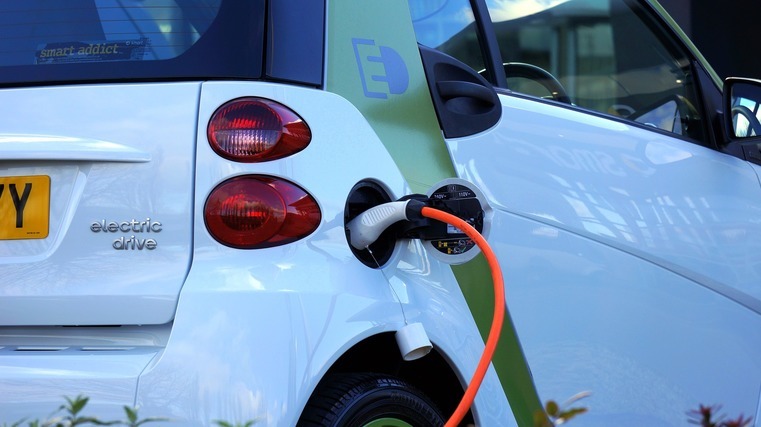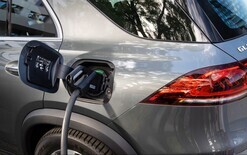EV safety guidelines updated

WorkSafe NZ has reissued guidelines to ensure charging equipment for electric vehicles (EVs) is safely installed.
With the numbers of EVs on Kiwis roads increasing, so does the infrastructure required to charge them and keep them safe.
The government agency has created fresh guidelines to ensure EV supply equipment (EVSE) is installed safely and in line with regulations.
Some key matters are considered unsafe for the supply of electricity to an EV or using EVSE. These include the use of any EV adaptor that isn’t specifically supplied by the vehicle manufacturer or by the EVSE manufacturer, using a socket-outlet adaptor, and cascading two or more supply leads.
Other unsafe practices include using an extension lead, using a portable socket outlets including an electrical portable outlet device (EPOD) and portable socket-outlet assemblies (PSOA), using a single socket outlet for the supply of more than one vehicle at a time, and using EVSE that isn’t labelled by the manufacturer as being compatible with a 230v, 50Hz supply.
Key matters also include the use of a charging station for public charging without the periodic assessment tag as referenced in section 2.7 of the guidelines, and the supply of electricity to anything other than an EV from an in-cord control and protection device (IC-CPD) or a charging station.
Any charging station or EVSE found to be unsafe at any time, or which is involved in an electric shock event, should be taken out of service immediately and not used or until verified as safe.
Click here to access a copy of the new guidelines.





